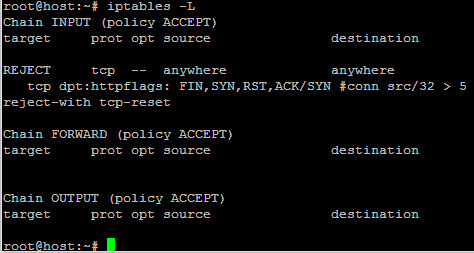


It will help you get a better grasp of the rules you are implementing with the following commands. To follow the guide you will need to have a basic understanding of what iptables is and how it works. This guide will introduce some of the most essential iptables commands.

Whenever a connection tries to establish itself with your system, the firewall will refer to these rules to determine what the next step in action should be. In this guide, we will discuss some of the common rules and commands that go with the iptables firewall. It is typically available by default on Linux systems. This means that it is software that allows you to configure a firewall on your system. Iptables is a command-line firewall utility.


 0 kommentar(er)
0 kommentar(er)
